Understanding Russia’s relentless assault on Bakhmut
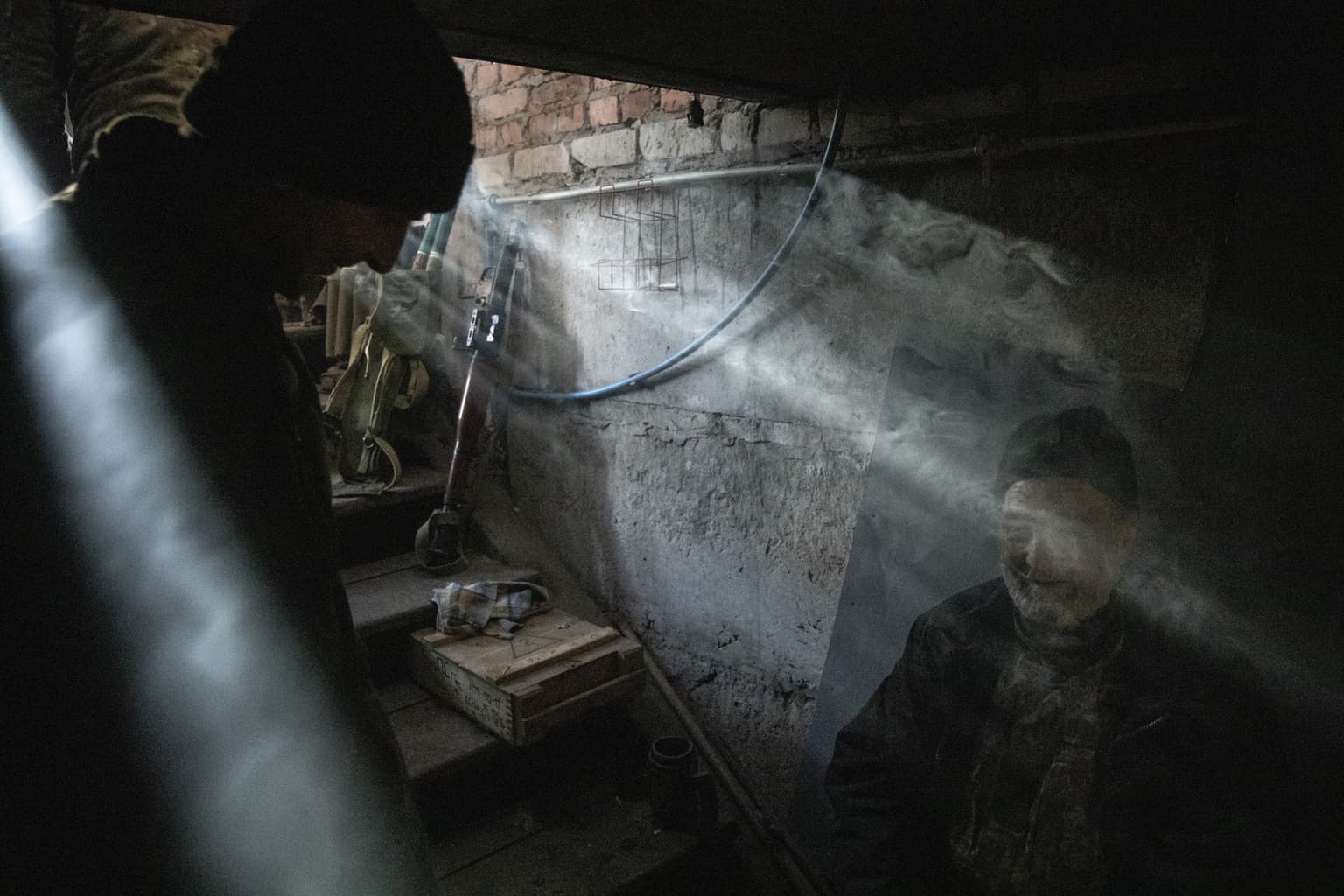
Water-logged trenches, shredded tree lines, and an undulating, colorless landscape of mud: The visual experience of the battles outside Bakhmut in Donetsk Oblast have proved to transcend centuries.
When Ukrainian machine-gunner Viktor Borinets’ photos of conditions on the first line of defense went viral, the comparisons to the notoriously grim trench warfare of World War I wrote themselves.
“It does remind me of the Battle of Verdun, a brutal war of attrition,” Mick Ryan, an ex-Major-General of the Australian Army and Adjunct Fellow at the Center for Strategic & International Studies, told the Kyiv Independent. “It was a deliberate German strategy which had nothing to do with territory or anything else except bleeding the French forces dry.”

Since withdrawing in November from their untenable position on the west bank of the Dnipro River around Kherson, Russian forces have greatly intensified offensive operations in Donetsk Oblast.
Bakhmut, a city with a pre-war population of 71,000, is the prime target of the Russian assault, having stood as a key Ukrainian stronghold on the Donbas front for over five months.
Now, Bakhmut is undoubtedly the scene of the heaviest ongoing fighting in the war. Speaking to the Kyiv Independent from a hospital in western Ukraine, a 32-year-old Ukrainian infantryman known only by his callsign “Ivan” for security reasons, said that the reality of the fighting outside Bakhmut was in many ways more desperate than the viral images through which it’s perceived in Ukraine.
“You feel as if every day could be your last,” said Ivan, who was wounded by Russian mortar fire outside Bakhmut in the first week of December, just seven days after being posted.
“You understand that you could easily die at any moment, and that you count yourself lucky if you are wounded and removed from the battlefield.”
Endless grind
At first glance, the Russian frontal attack on Bakhmut bears similarities to the successful offensive on the nearby cities of Severodonetsk and Lysychansk in Luhansk Oblast, occupied back in late June.
Having failed in its early blitzkrieg against Kyiv and fixed its attention on Donbas, Russia looked to leverage its crushing artillery superiority to maul Ukraine’s best units and advance in Donbas, kilometer by kilometer.
Cities and villages in the way of the Russian advance were wiped off the face of the earth, becoming harder and more futile for Ukrainian troops to defend, especially when threatened with encirclement, as was the case before the withdrawal from Lysychansk.
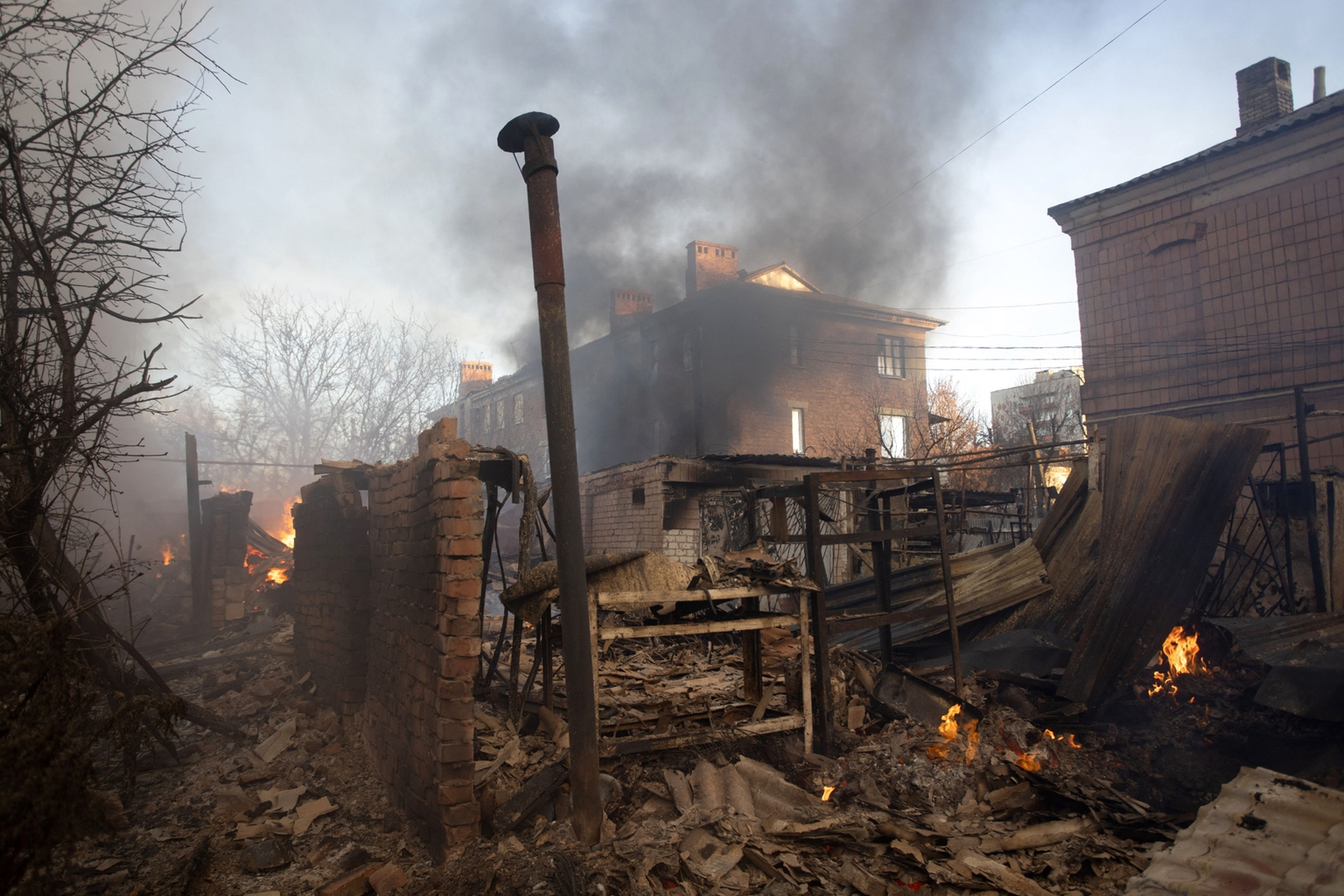
Since then, the tactical game has changed. Superior Western equipment has negated the crushing artillery superiority that Russia boasted in early summer, with the U.S. HIMARS multiple-launch rocket system working famously to devastate Russian ammunition dumps and command posts deep behind their lines.
“The Ukrainians are much wiser and more experienced now compared to the period in May,” said Ryan, “when they were drawn into that point because they had no other option.”
Meanwhile, Ukraine has continued to develop new ways of fighting in this 21st century trench warfare environment.
Graphic videos of commercial drones dropping bombs on Russian positions from overhead had only just started to appear in summer, with the payload often too weak or inaccurate to cause much more than psychological damage.
Come winter and Ukrainian forces have mastered the art, hitting unaware targets with unnerving accuracy, and rigging larger drones to carry 82mm mortar rounds, capable of clearing a foxhole in one hit.
Recent weeks have shown that Ukraine is not the only side to have updated their tactical approach in Donbas.
Earlier in November, Ukrainian units in the area had reported mindless human wave assaults on their positions, bloating the General Staff’s daily casualty figures with hundreds of dead Russian troops.
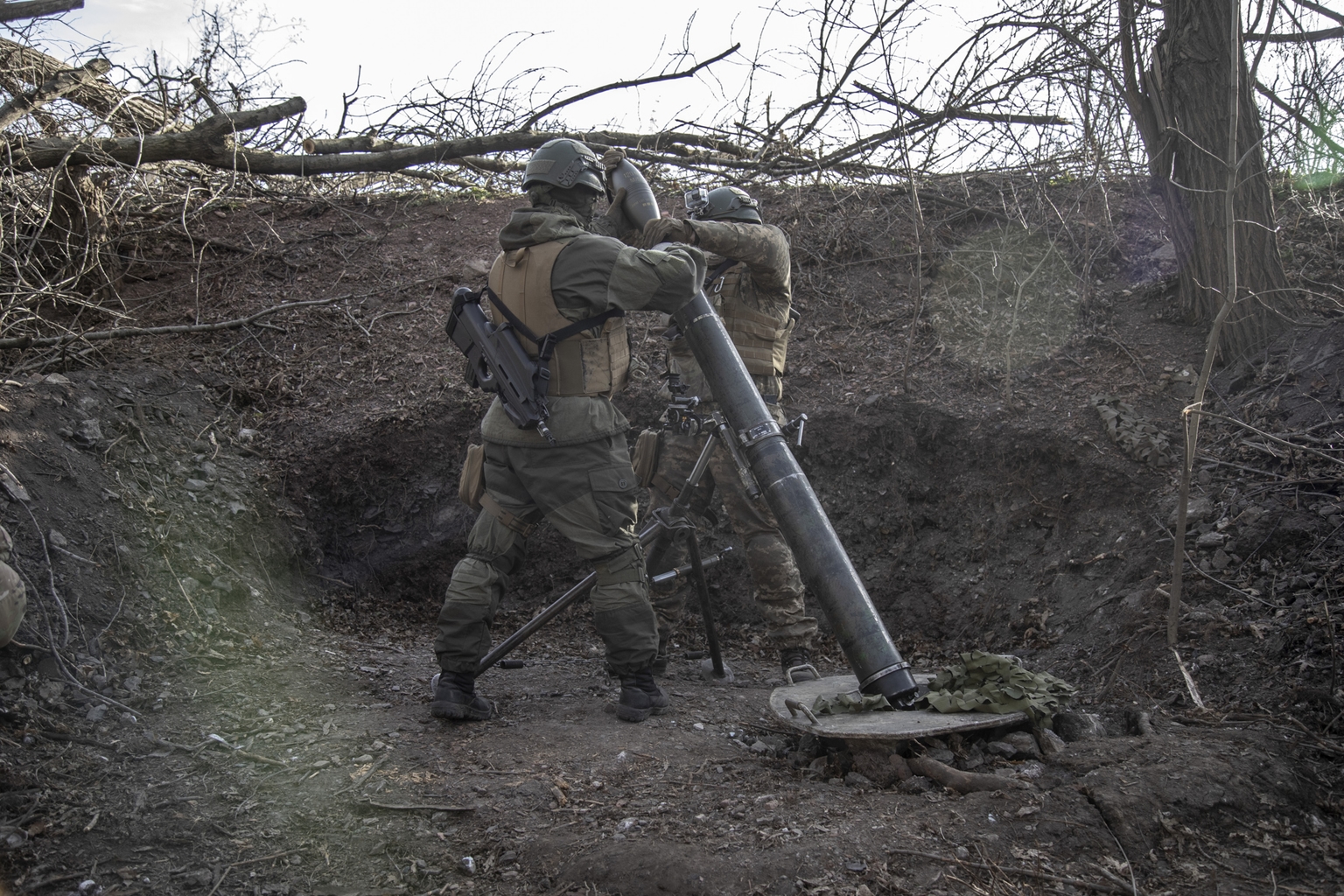
Now, according to Serhii Cherevatyi, spokesperson for Ukraine’s Eastern Military Command, more focus is placed on probing, squad-level raids of under a dozen soldiers creeping over no-man’s land.
“Most of the time they don't make it through,” he said. “Their main goal is simply to deplete our positions, not to let us relax, and to probe for an opportunity to launch a larger attack.”
Since summer, the Bakhmut sector of the Donbas front line has been dominated by the infamous Wagner Group, a private military formation run by Evgenii Prigozhin, close confidant of Russian dictator Vladimir Putin.
“For the Russians, the losses they suffer in doing this is not an important factor,” said Cherevatyi. “The first people that Wagner sends in, for example, are always the convicts and other poorly-trained men, and only behind them come the more professional soldiers.”
Holding for dear life
For those defending Bakhmut, Russia’s more cautious tactics bring little relief, as the daily bombardment of Ukrainian positions continues uninterrupted.
Outside the city, the close proximity of Russian and Ukrainian lines, often less than a kilometer apart, means that Russia doesn’t even need to use its heavy artillery as much, instead relying on an endless stream of mortar, grenade and rocket launcher fire to pound Ukrainian positions.
For the Ukrainian soldiers tasked with holding the first line, there is little to do but hope that one’s trench or dugout doesn’t take a direct hit.
“Our first and second lines of defense are relatively stable, but it comes at a great cost,” said Ivan, whose unit and exact posting have been kept undisclosed for security reasons.
“Some units are simply running out of people. From what I saw, in only one fight, we had around 10 of our guys killed, never mind the number of wounded. Not everyone could be extracted from the battlefield, some just bled out where they lay.”
In these conditions, the common belief about Russia’s poor effectiveness as a fighting force can quickly melt away.
“They (Ukrainian military leadership) tell everyone about the huge casualties suffered on the Russian side, but from what I could see around Bakhmut, things are more or less OK for them,” said Ivan.
“In terms of the coordination between their brigades and artillery, and their overall unit cohesion, you can tell they are doing very well in this sector because of how difficult it is to fight against them.”
In a period when the General Staff was reporting between 300-600 Russian personnel losses per day, Cherevatyi had reported that between 50-100 of them were killed every day in the Bakhmut area alone.
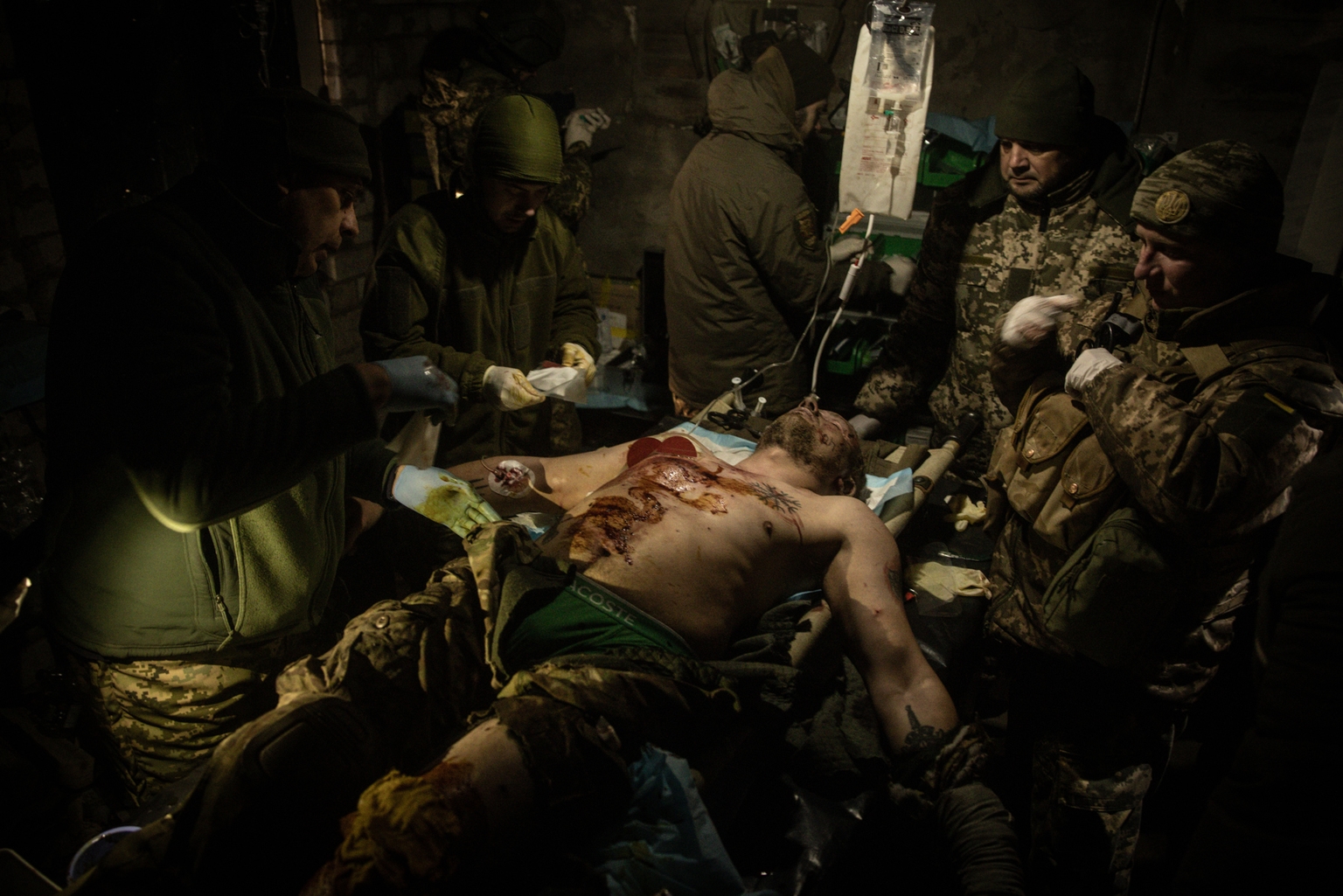
While it might not be making large advances, Russia’s attritional assault is proving effective in other ways, according to Ivan.
“Morale is beginning to suffer because of the lack of personnel,” he said. “It's hard to speak of good morale when it's eight below freezing, you are sitting in a trench under fire all day and there is simply nobody to replace you for days on end.”
Still, there is no talk among the troops of retreating from Bakhmut and its outskirts.
“In that respect our resolve is strong,” said Ivan, “despite – definitely not thanks to – what is going on on the battlefield.”
Cloudy motivations
With Ukraine liberating thousands of square kilometers of territory since Russia made its last significant gains in summer, it may come as a surprise that the Russian army is able to continue to mount brutal offensives like that in Donetsk Oblast.
Further north, Ukraine continues to probe at Russian defenses on the border of Luhansk Oblast, while in the south, a new offensive to slice through Zaporizhzhia Oblast, cutting off Russia’s occupied “land bridge” to Crimea, is also highly anticipated.
Three months after mobilization was announced in Russia, the influx of tens of thousands of conscript soldiers goes some way to explain Russia’s enduring potential for offensive operations.
Cherevatyi downplays the role of Russian mobilized troops in the Bakhmut sector, saying that it remains dominated by Wagner forces.
According to Cherevatyi, though, the Wagner assaulting Bakhmut is an outfit almost unrecognizable to the Wagner that was first deployed in Donbas in spring.
“Earlier on, Wagner were a much more professional outfit, with better-equipped troops who had combat experience in Syria and Africa, and played a highly-specialized role in the war here,” he said.
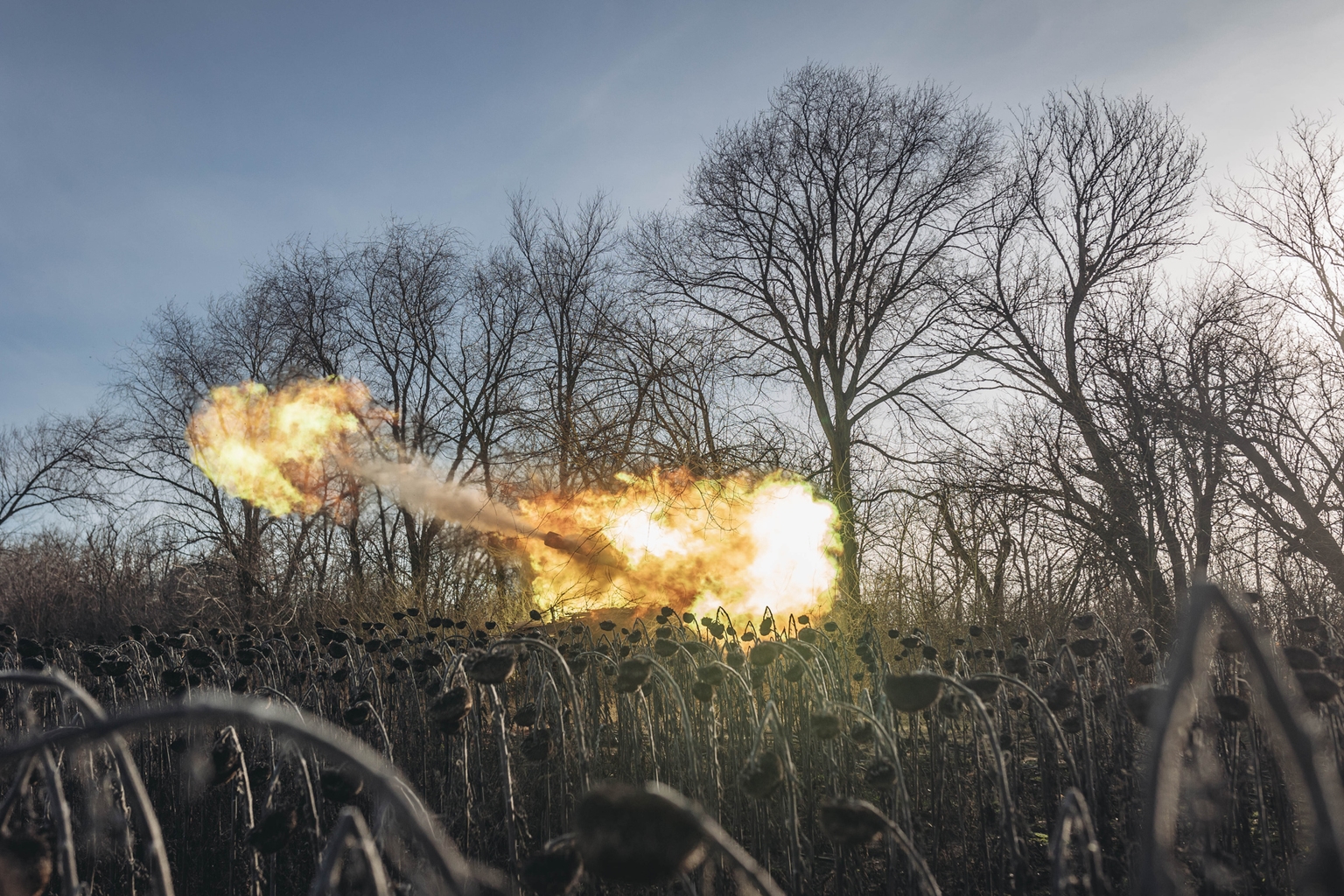
Now, as Wagner ups its assault on Donbas, the group serves as a conduit from Russia’s prison system to the trenches in Ukraine. “These formations have suffered great losses, which is why they have had to fill their ranks with so many convicts,” Cherevatyi added.
Specifically because Bakhmut has been Wagner’s designated sphere of operations for so long, the city is often seen as a personal prize for Prigozhin, who presumably seeks to further raise his favor with Putin vis-à-vis the Russian Defense Ministry and military leadership.
“It is hard to see what they are really trying to achieve other than carrying out the order they were given, to take Bakhmut regardless of the costs,” said Ryan, who recently authored an analysis of Russian commander Sergei Surovikin in Ukraine.
“It displays an inflexibility in the Russian system and it shows a misalignment between what's going on in the battlefield and what the Russians are really trying to achieve in Ukraine.”
If breakthrough could be achieved, though, taking Bakhmut would be an undeniably significant achievement for Russia.
“Bakhmut is the opening to Kostiantynivka, Pokrovsk, Siversk, Kramatorsk,” said Cherevatyi of Russia’s long-term aims in Donetsk Oblast. “These are the key goals of the push to take Donbas, and if they were ever to succeed, they will look at where to go further.”
According to the Institute for the Study of War (ISW), while the capture of Bakhmut would be significant, Russian forces would nonetheless struggle to advance deeper into Donetsk Oblast.
Overall, Cherevatyi still holds that the prime objective is political.
“These attacks make sense for Putin, for his hold on power,” he said. “He started this full-scale war, leveraged 20 years of propaganda about us (Ukrainians and Russians) being one people, and now they can't even take Bakhmut; it’s a huge hit to his reputation if he fails.”
Uncertain winter
Over the winter, it has long been clear that both armies will face their own set of challenges.
What has been broken is the expectation that the arrival of winter will bring with it an operational pause as both sides dig in, conserving strength for the spring campaign.
“I don't agree with the U.S. intelligence assessment that not much is going to happen over winter now,” said Ryan.
“First, they underestimated their ability to conduct offensives, and now they're underestimating Ukraine's capacity to conduct winter operations, when they have the initiative and it makes perfect sense for them to do so.
Rather, the winter equation is one of waiting for the waterlogged ground to freeze, allowing armored vehicles to once again maneuver with ease.
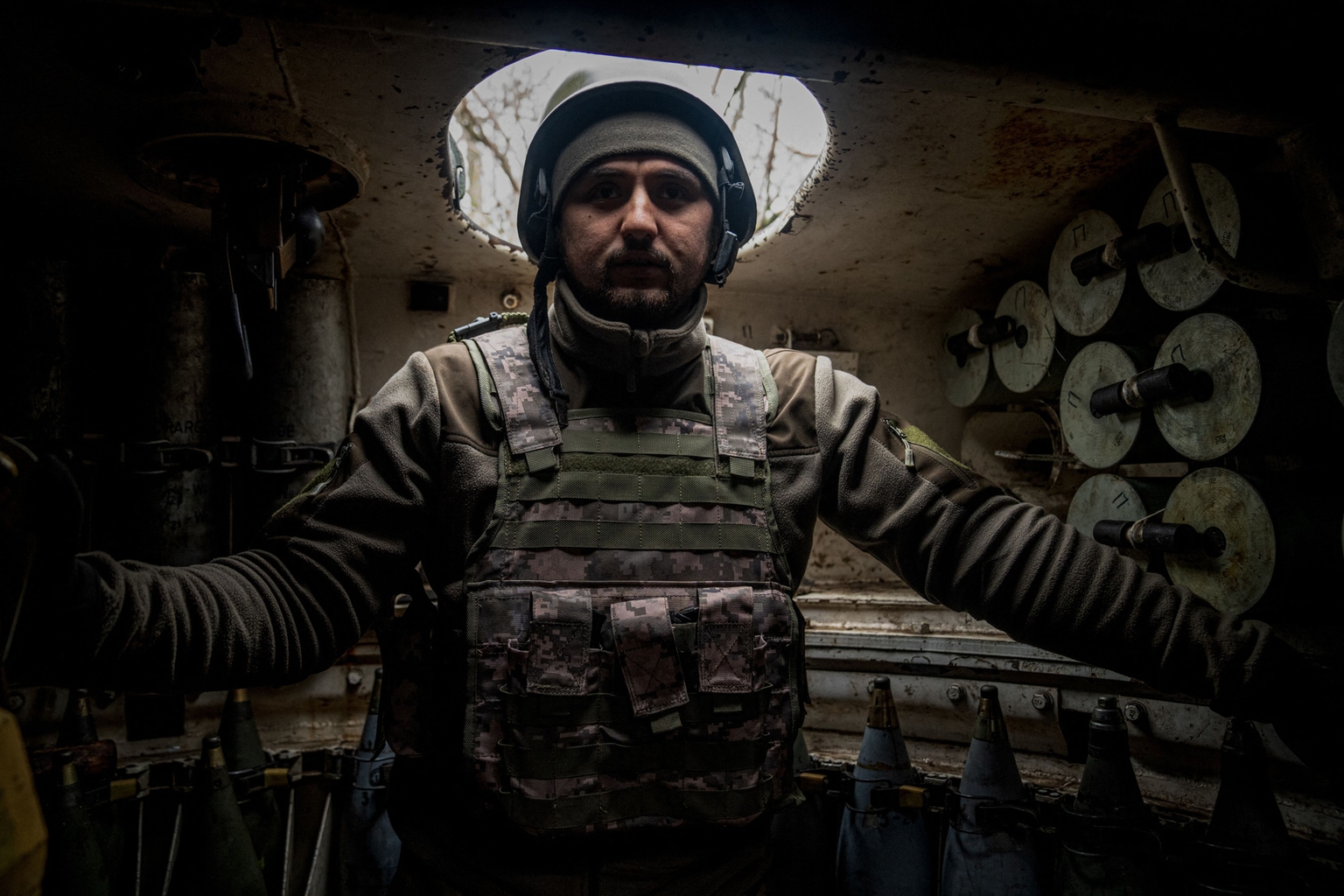
“At the moment, in the east, the war is one of maneuver and careful counterattacks,” said Cherevatyi. “Things depend a lot on the weather.”
While Russia continues to grind up against Bakhmut, early signs point to the chance of a Ukrainian breakthrough soon near Kreminna, 52 kilometers north of Bakhmut in Luhansk Oblast.
Independent analysts show Ukrainian forces making incremental gains on both sides of the town, cutting off a key resupply route from the town of Svatove. Meanwhile, Luhansk Oblast Governor Serhii Haidai said on Dec. 11 that Ukrainian troops had already reached the outskirts of Kreminna, though this remains to be confirmed by the Ukrainian military.
Both the ISW and the U.K. Defense Ministry have conceded the possibility of Russia taking Bakhmut, but both have assessed that the costs incurred will far outweigh the benefits.
Overall, the winter campaign in the Donbas looks to remain in this state of flux. “They are looking for opportunities to concentrate their forces for an attack,” said Cherevatyi.
“We are not only watching them closely, but also looking for our own opportunities. In the end, as simple as it is, the side which is better able to prepare for and carry out operations on a tactical level will have the initiative.”
Note from the author:
Hi, this is Francis Farrell, cheers for reading this article. I grew up on the other side of the world, but in Ukraine I have found a home unlike any other. Just like with so many of our readers, I understand that you don't have to be from near here to realize how important Ukraine's struggle is for freedom and human rights all over the world. The Kyiv Independent's mission is to lead the way in continuing to bring the best homegrown, English-language coverage of this war, even if the rest of the world's attention starts to fade. Please consider supporting our reporting.










